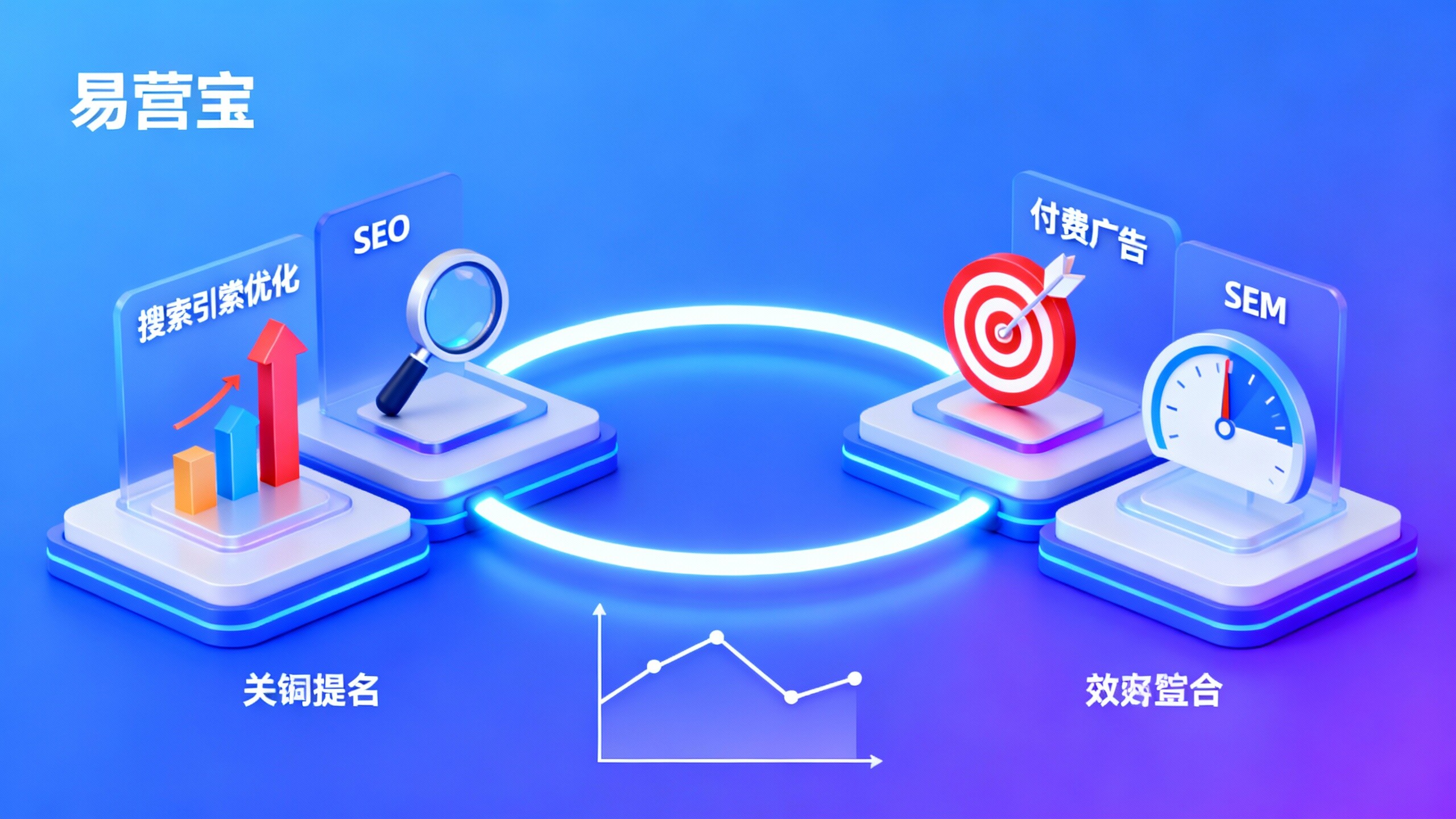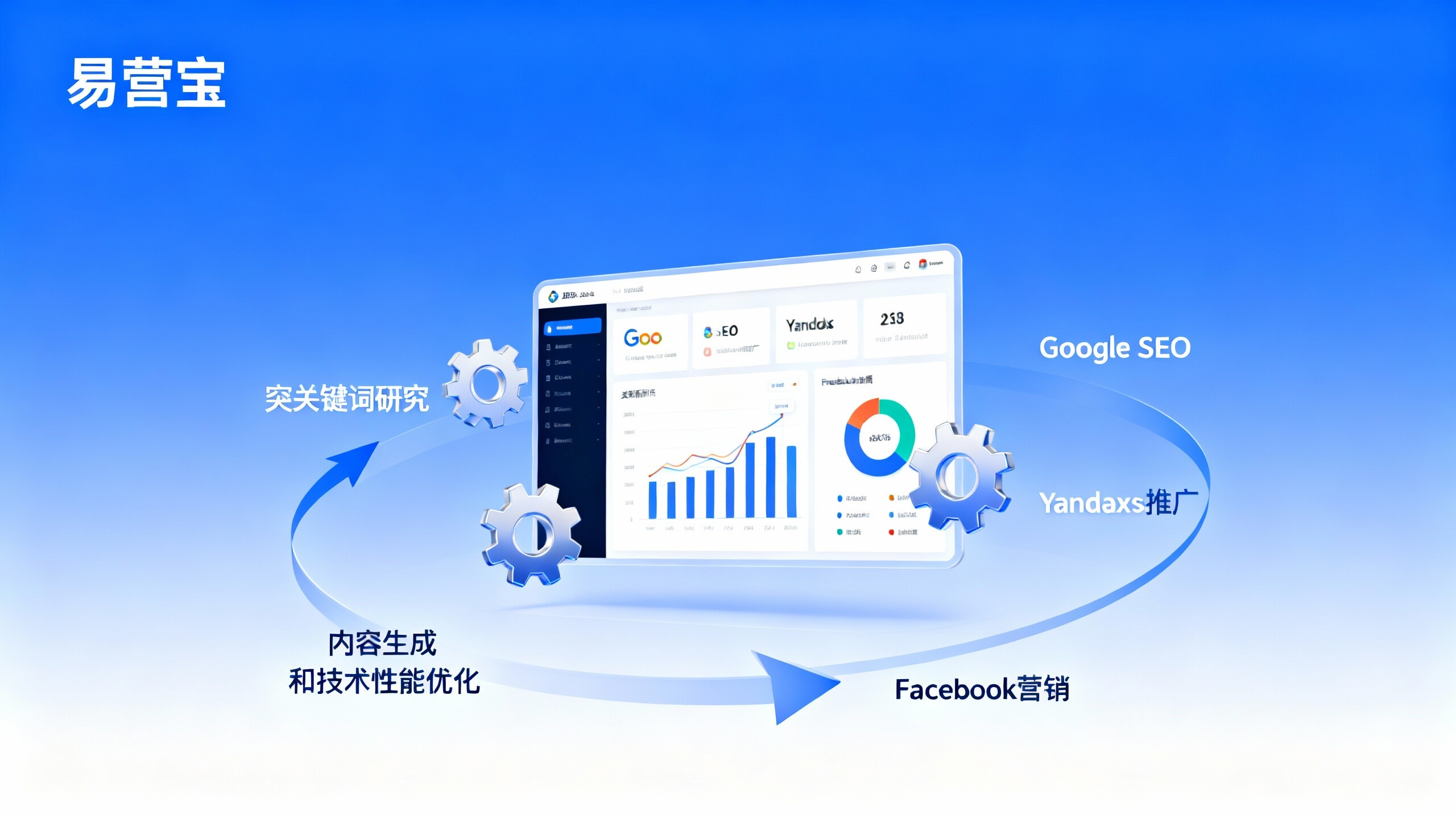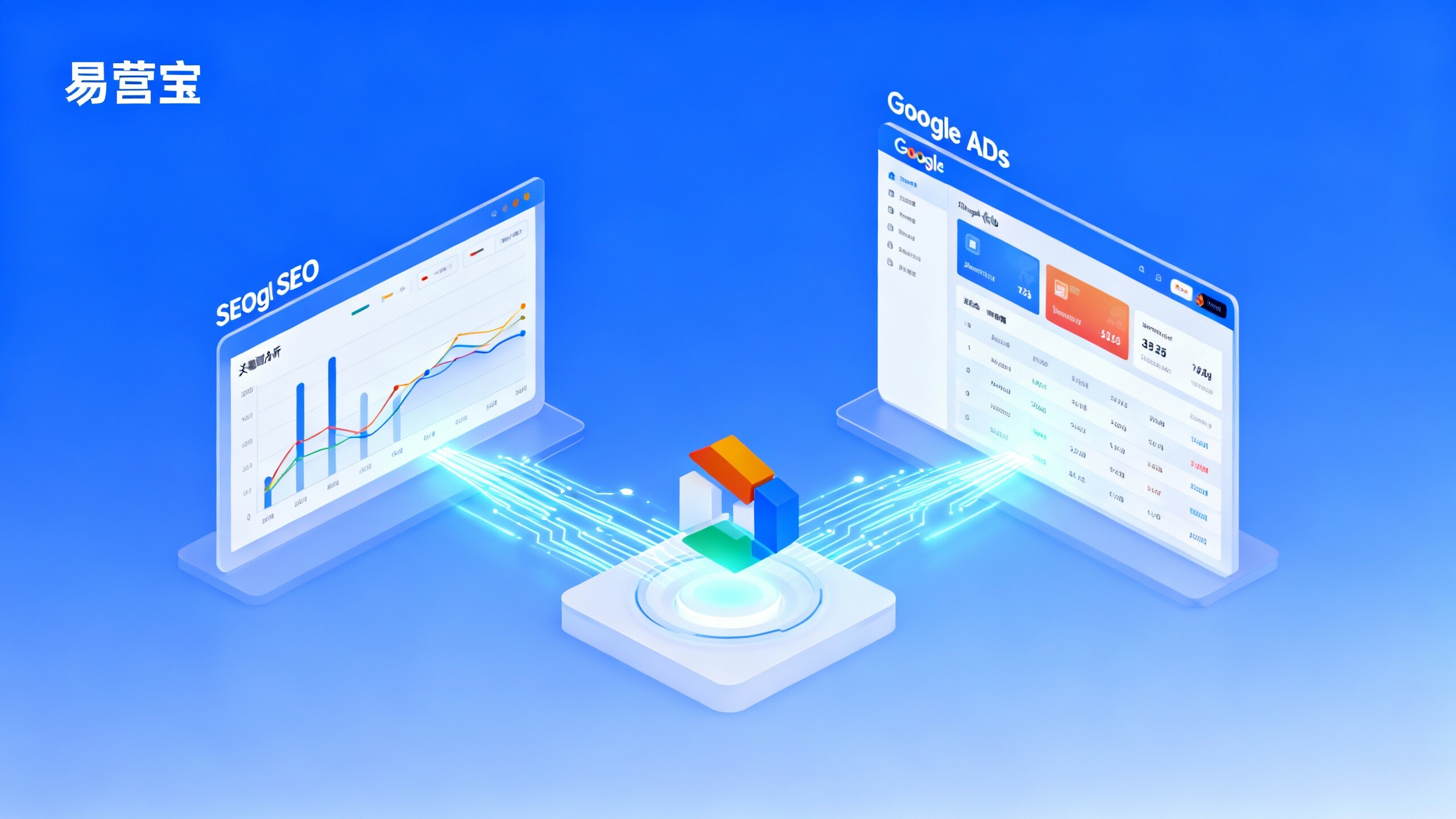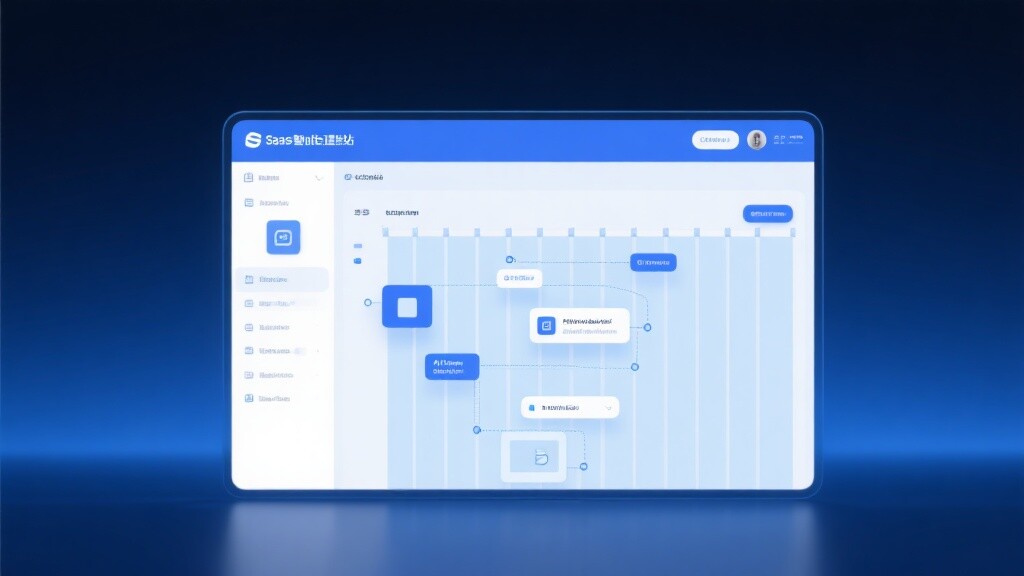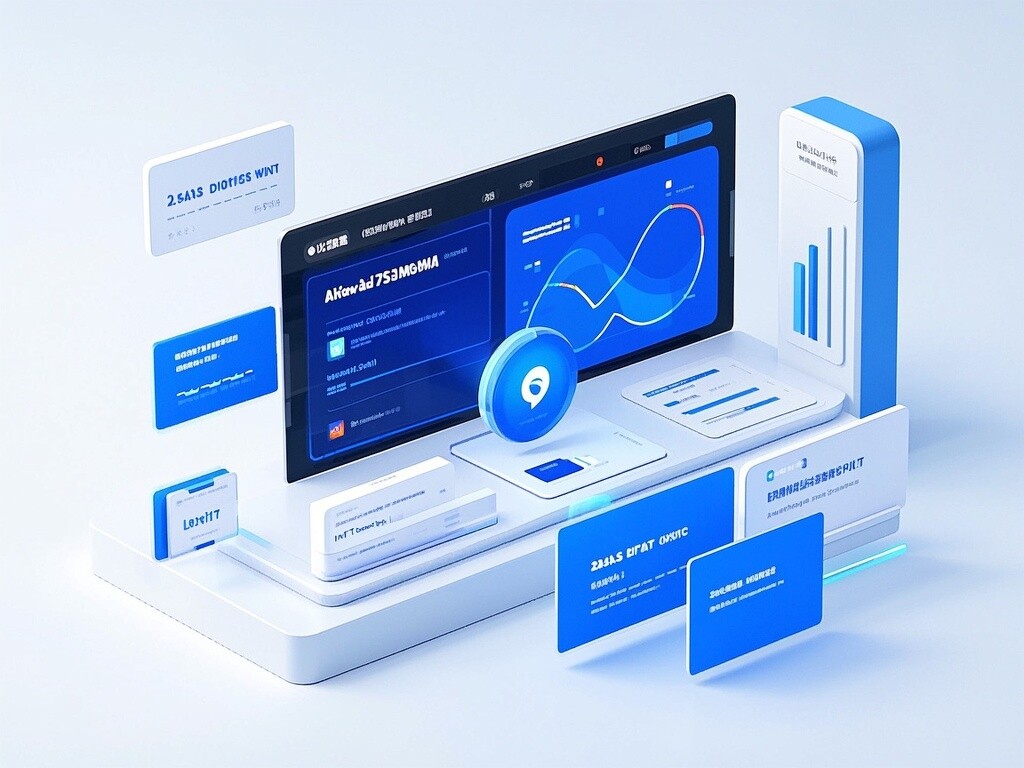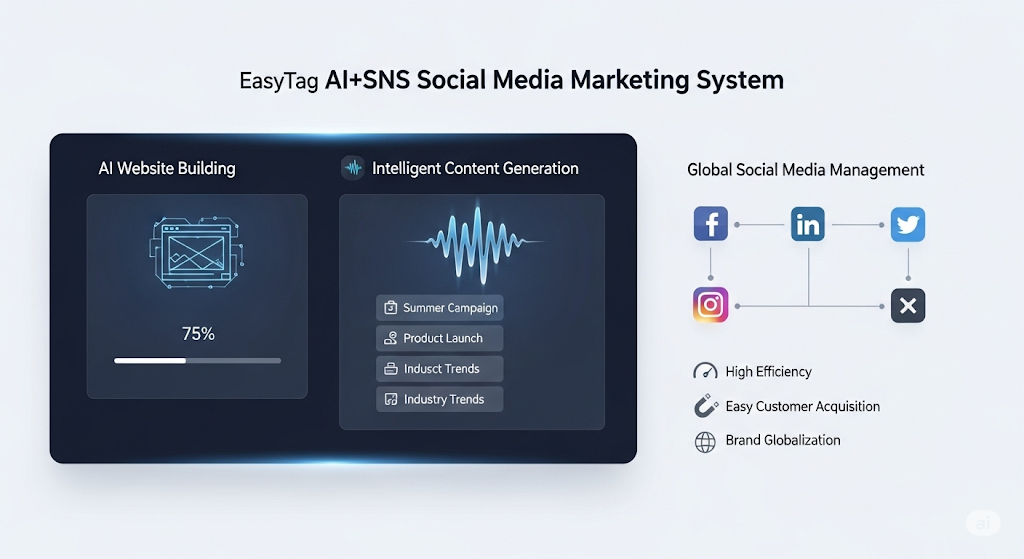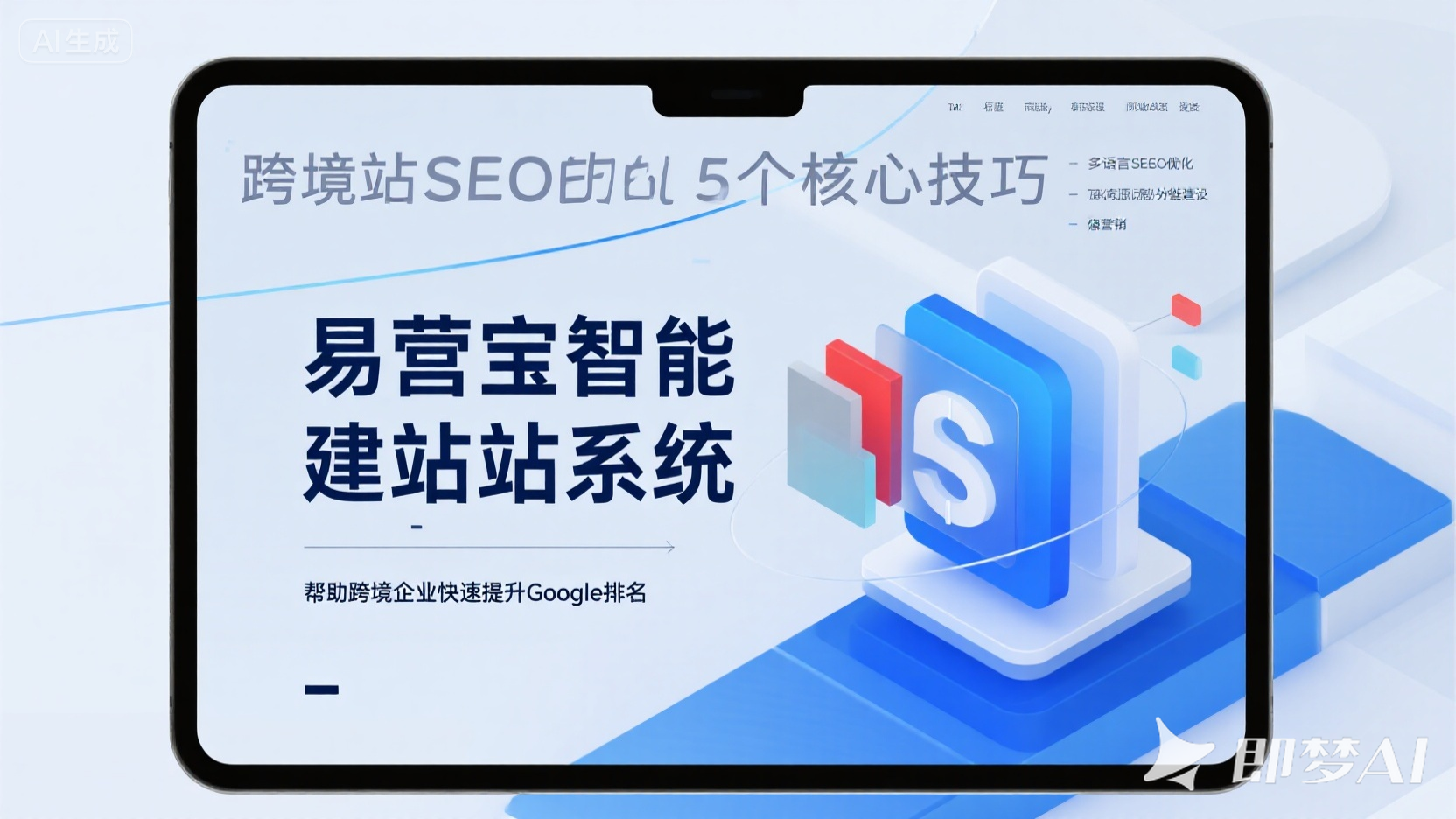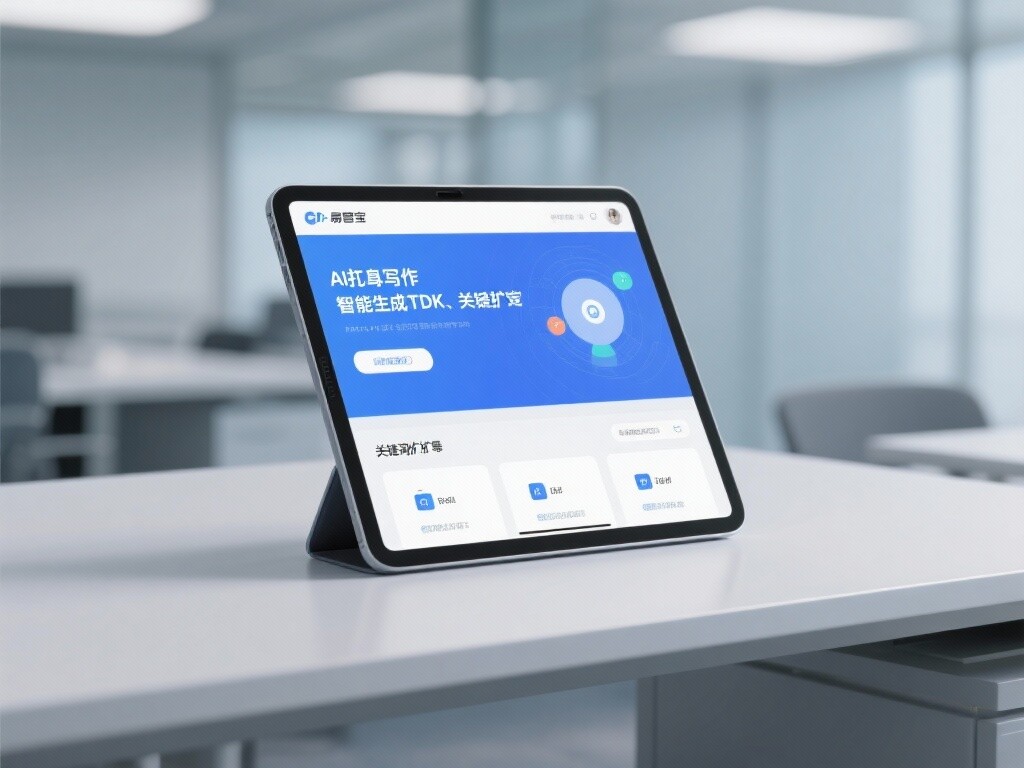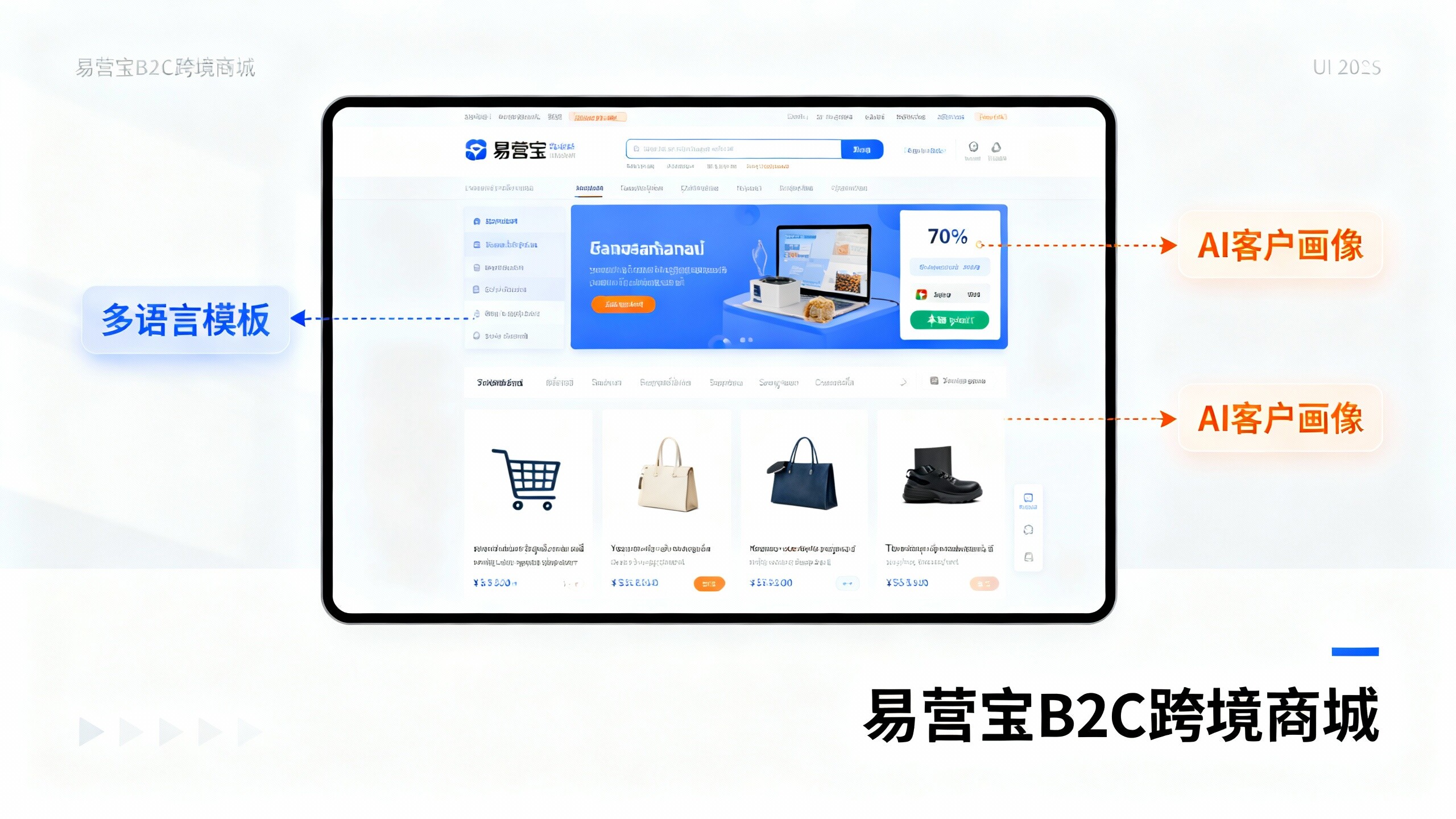- From Website Building to Yandex Promotion: A Complete Online Growth Path for Foreign Trade Enterprises2025-12-18View details
- Poor Yandex promotion results? Your foreign trade independent website may lack Russian SEO structure2025-12-18View details
- Why are more and more distributors choosing global multilingual website suppliers? Actual delivery cycle shortened by 40%2025-12-18View details
- EasyOperate Experience Test: Deployment Cycle, Stability, and Post-Sale Evaluation2025-12-17View details
- How is EasyStore? A Reliable and Security Inspection Checklist from a Technical Evaluation Perspective2025-12-18View details
- Guide to Choosing a Foreign Trade Website System: How to Evaluate Multilingual Website Capabilities2025-12-17View details
- From the perspective of quality control and security, experience the use of EasyStore: vulnerabilities, backups, and permission management2025-12-17View details
- Foreign Trade Marketing System in Action: 5 Key Configuration Points to Enhance Overseas Lead Conversion2025-12-17View details
Global Market Penetration Strategy for Foreign Trade Independent Websites: The Key to Covering Worldwide Markets
In the era of global digitalization, multilingual lead generation solutions for B2B export websites have become critical for businesses expanding overseas. How can you leverage the latest Google SEO trends, multilingual SEO optimization, and standalone website promotion techniques to achieve global market coverage and improved inquiry conversion rates? This article unveils AI-driven intelligent website systems and Google Ads optimization strategies to help you build high-converting B2B export websites.

1. Market Opportunities and Challenges for Multilingual Standalone Websites
According to Statista, only 25% of global internet users in 2023 were native English speakers, while 75% of consumers preferred browsing product information in their mother tongue. This highlights the strategic value of multilingual standalone websites in global expansion. However, businesses face three core challenges when building multilingual sites: cultural barriers due to incomplete localization, the complexity of implementing multilingual SEO, and the impact of cross-regional server response speeds on user experience.
Leading intelligent website systems address these pain points through AI translation engines that achieve semantic-level localization—not just text conversion but also adaptation to local cultural and search habits. For example, NLP algorithms integrated into these systems automatically identify and optimize region-specific keywords, such as distinguishing between "Kauf" (purchase) and "Bestellen" (order) in German markets. Additionally, SSL certificates are auto-deployed to ensure all language versions comply with local data security regulations—a feature rarely found in traditional website builders.
2. AI-Driven Multilingual SEO Technical Framework

2.1 Intelligent Content Generation System
Modern SEO has evolved from keyword stuffing to semantic network construction. Our AI marketing engine solves multilingual content challenges through: 1) Transformer-based cross-language models analyzing millions of linguistic data points to build concept mapping libraries; 2) Intent recognition algorithms capturing search motive differences across languages; 3) Dynamic TDK generators outputting page elements that meet Google's E-A-T standards. Case studies show this system increased Spanish websites' Featured Snippets acquisition by 57%.
2.2 Global Accelerated Network Architecture
Every 1-second delay in website loading reduces conversion rates by 7%. Our global CDN integrates AWS and Alibaba Cloud infrastructure with edge computing nodes to: ① Smartly route traffic based on user geography; ② Compress dynamic resources (WebP/Brotli); ③ Prioritize HTTP/3 protocol support. Tests in Brazil showed page load times reduced from 3.2s to 1.4s, with bounce rates dropping 39%.
3. Practical Guide: Four-Step Framework for High-Conversion Websites
Step 1: Strategic Language Selection
Apply the "20/80 rule" to focus on core markets: Use Google Analytics audience reports to identify high-potential regions, supplemented by SEMrush's Keyword Gap analysis. For instance, French long-tail keywords show 42% lower CPC than German markets with comparable conversion value—making them priority targets.
Step 2: Technical Stack Optimization
① Enforce HTTPS via HSTS to prevent MITM attacks; ② Deploy SSL certificates with OCSP stapling to reduce validation latency; ③ Implement hreflang tag clusters to resolve multilingual content duplication issues.
Step 3: Localized UX Design
German users prefer detailed product parameters—consider interactive comparison tables; Japanese markets require embedded LINE social login. Use heatmap tools to validate CTA effectiveness across cultural contexts.
Step 4: Smart Advertising Synergy
Feed Google Ads search term reports back into website content strategies, creating a "ads-landing pages-conversions" data loop. One machinery parts client achieved 28% lower CPA using this method.
4. 2024 Multilingual SEO Trend Predictions

Trend 1: Voice Search Optimization Becomes Standard
With smart speaker adoption, voice queries in Romance languages like Portuguese grew 213% YoY. Optimize for conversational phrasing and implement FAQ schemas.
Trend 2: Visual Search Technology Matures
Google Lens now supports cross-language image recognition. Enhance product visuals with multi-angle imagery and structured data markup.
Trend 3: AI-Generated Content (AIGC) Regulation
Google's SpamBrain algorithm increasingly requires AI content to pass E-E-A-T (Expertise, Authoritativeness, Trustworthiness) validation. Adopt a "AI draft + human review" hybrid workflow.
5. Why Choose Our Solution?
As a Google Premier Partner and Meta official agent, we provide: ① Industry benchmark databases with real case studies; ② WebTrust-certified security infrastructure; ③ A unified backend supporting 15 languages. One cross-border eCommerce client achieved within 6 months:
- 320% growth in multilingual page indexing
- 178% increase in organic search traffic
- 6.8% higher inquiry conversion rate
Schedule a consultation now to receive your exclusive Multilingual Website SEO Audit Report and unlock the code to global growth.
- Campbell (name)
- free-standing station
- Intelligent website building system
- Multilingual SEO
- SEO optimization
- Intelligent website building
- AI translation
- AI translation engine
- Independent site SEO
- Google Ads Optimization
- Google SEO
- Foreign trade independent website
- EYB Intelligent Website
- SSL certificate
- Inquiry conversion rate improvement
- Independent website building
- Multilingual Independent Site
- Multilingual SEO Optimization
- Google Ads
- SEO
- AI Marketing Engine
Related Articles
 Reduce customer acquisition costs with integrated SEO+SEM marketing: A five-step execution plan for B2B standalone site optimization
Reduce customer acquisition costs with integrated SEO+SEM marketing: A five-step execution plan for B2B standalone site optimization B2B Standalone Site Optimization Cost Comparison: Building a Multilingual Website In-House vs. Third-Party Services? Five Key Metrics Affecting Inquiry Quality
B2B Standalone Site Optimization Cost Comparison: Building a Multilingual Website In-House vs. Third-Party Services? Five Key Metrics Affecting Inquiry Quality Technology Flow to Improve Inquiry Quality: Synergistic Strategies of Google SEO and Google Ads Optimization for B2B Websites
Technology Flow to Improve Inquiry Quality: Synergistic Strategies of Google SEO and Google Ads Optimization for B2B Websites
Related Products


